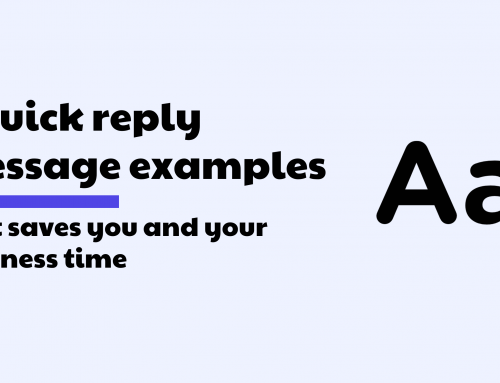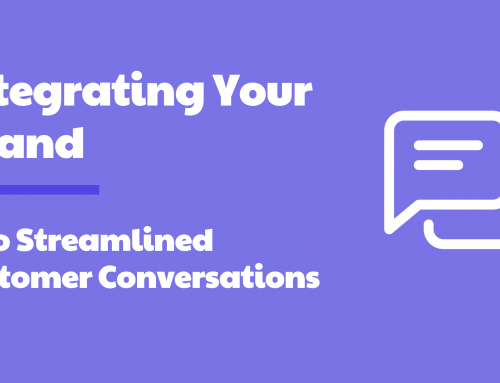How NLP and intents work in customer support automation
Customer support automation is a hot topic. It saves your business time and money by automating conversations with customers, while still providing a great customer experience. How customer support automation works and how it uses smart technology like NLP and intents is explained in this article. NLP stands for Natural Language Processing. It’s a technology that is used for analyzing human language, either spoken or written. Every sentence is analyzed and scored using Artificial Intelligence and statistical models.
These models use previous sentences as a reference and look at the probability that a new sentence is pretty much the same. Let me give you an example. In the database we have the sentence: “I want to know the status of my order”.
The intent of this sentence is order_status and a chatbot can reply to this. If a new sentence comes in that we don’t have in our database, the model calculates the probability that the intent of that new sentence is the same. For example,“What’s the status of my order?”. Here the intent of this sentence is the same as the previous sentence. When a new sentence is correctly recognized, it is saved in the database and that’s how a chatbot gets smarter every day.
Some sentences have a clear intent, other sentences are more to give context. For example ”Last week I ordered a book with order number 452254”. That’s typically a sentence that gives context on the sentence that follows. Context is used to make a conversation more natural and to help a chatbot understand that he’s talking about a particular subject, in this case an order with order number 452254.
An example of customer support automation
Below you will see a typical customer support conversation, let’s analyze it, break it down and give it the intents.
“ Hi, Last week I ordered a book with order number 452254. What’s the status of this? Thanks”
| Sentence | Intent |
|---|---|
| Hi | Greeting |
| Last week I ordered a book with order number 452254 | Context_order_452254 |
| What’s the status of this? | Status_request (it uses the context order from previous sentence) |
| Thanks | Goodbye |
Using these intents, the chatbot can formulate the proper reply to help this customer. It will probably answer something like:
"Hi there! Thank you for ordering. You can find the status of your order here . If you have any further questions, please let me know."
If you make use of integrations to e.g. your webshop system, the chatbot can also check the actual status of the order and give that back as a reply. The reply will then be something like:
"Hi there! Thank you for ordering. I've checked the status of your order with order number 452254 and it's currently being shipped to you. I expect it will be delivered to your address by tomorrow. If you have any further questions, please let me know."
As you can imagine, correcting and training an NLP engine to make a chatbot smarter is a lot of work. Every sentence that is not understood or not correctly understood needs to be corrected.
Large companies with custom built chatbots have people hired to do this for them. As a small business, you don't have the time nor the resources to do this. Table Duck helps small businesses with customer support automation by giving you a pre-trained NLP and chatbot. You simply only have to put in the right answers for each question and you're in business with customer support automation.

